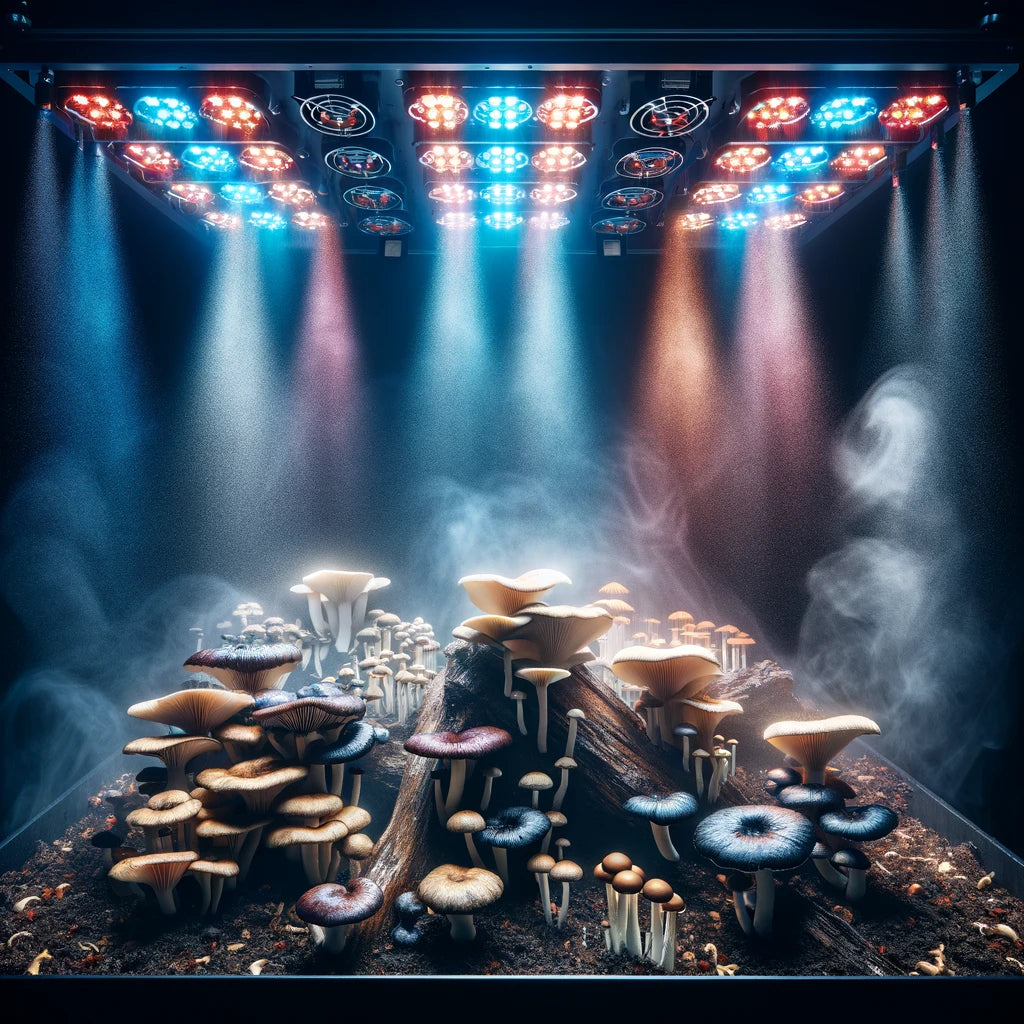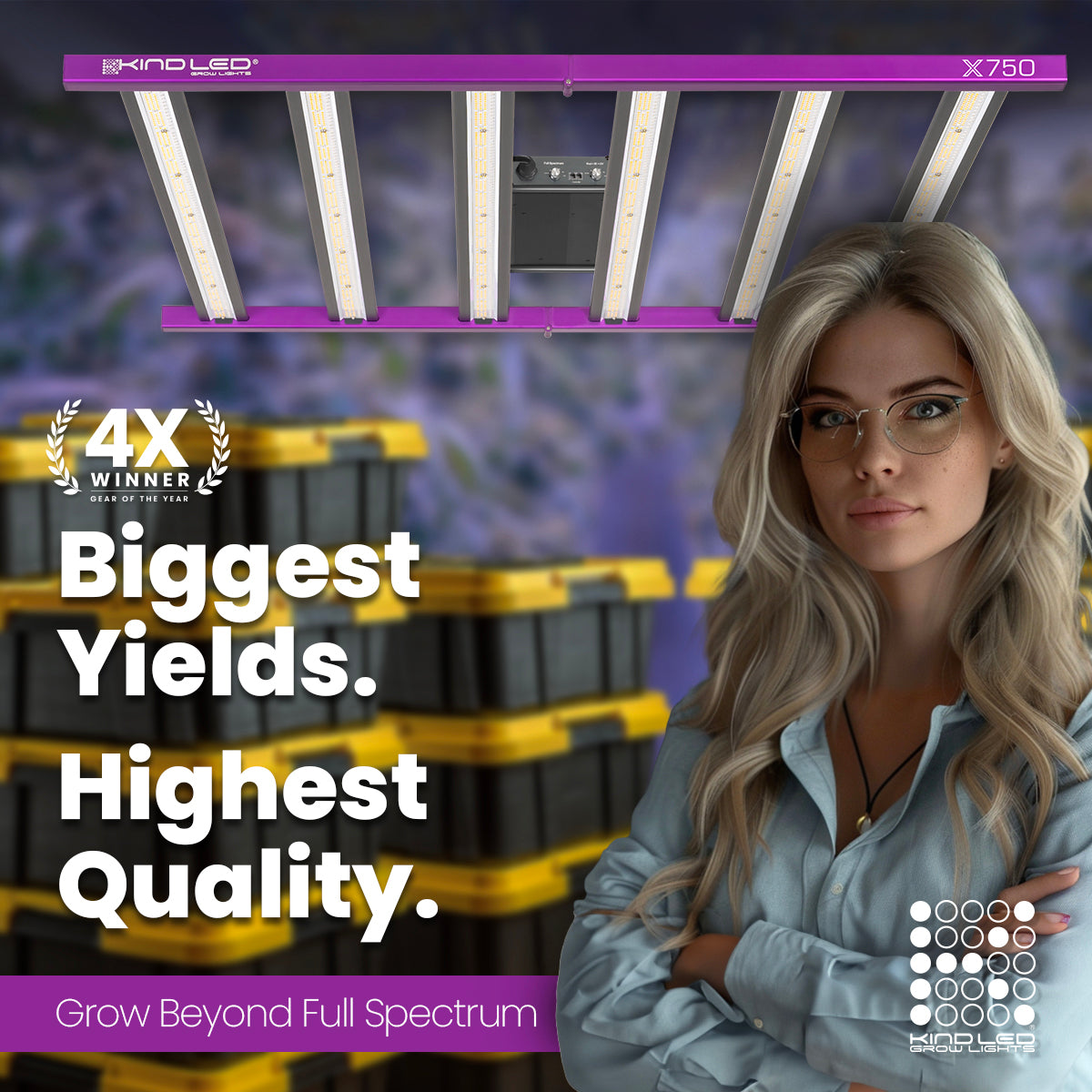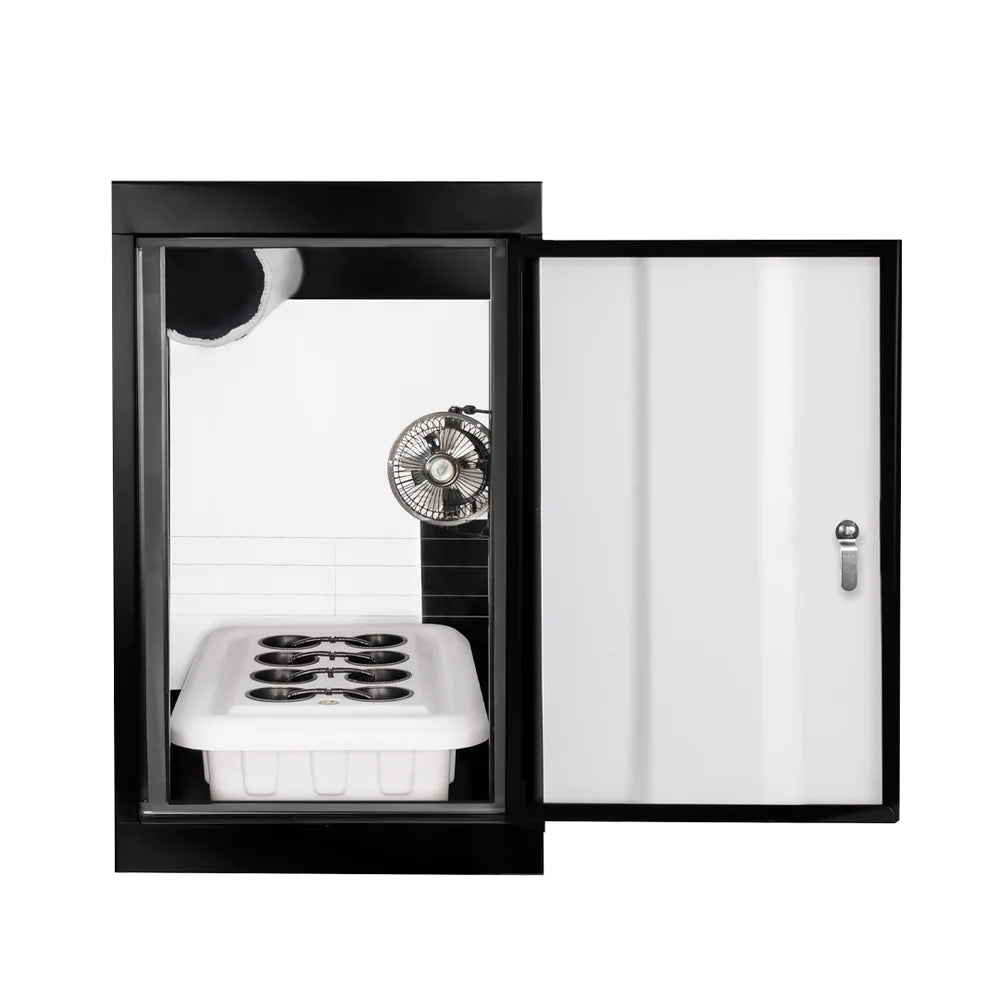
Mushroom Grow Lights: Essential Tools
Growing mushrooms indoors allows you to enjoy fresh, delicious, and nutritious fungi year-round, regardless of the weather or season. However, to achieve optimal growth and yield, you'll need some essential tools, including grow lights.
This article will delve into the world of mushroom grow lights, offering valuable information for beginners and seasoned growers alike. We'll explore the importance of light, different types of grow lights, and tips for choosing the right lights for your needs.
Why Do Mushrooms Need Light?
While mushrooms don't photosynthesize like plants, they still require light for various important functions during their growth and development. Here are the key reasons why mushrooms need light:
Stimulating fruiting: Light serves as a crucial signal that triggers the production of fruiting bodies, the edible part of the fungus that we know as mushrooms. Without sufficient light, mushrooms may not fruit at all or may produce deformed or underdeveloped fruiting bodies.
Regulating growth: Light helps regulate the overall growth rate and shape of the mushrooms. It plays a role in directing the growth of the stem, ensuring it grows straight and tall, and influences the development of the cap, ensuring it forms properly.
Enhancing color and flavor: For certain mushroom varieties, light can have a significant impact on their color and flavor. Exposure to specific wavelengths of light can intensify the color of the caps and enhance the overall flavor profile of the mushrooms.
Phototropism: Certain mushrooms exhibit phototropism, which is the tendency to grow towards light. This helps the mushrooms orient themselves in their environment and ensure their fruiting bodies are positioned optimally for spore dispersal.
And now let's look breakdown of the specific roles played by different light wavelengths in mushroom growth:
Blue light: Promotes initiation of fruiting bodies and regulates growth.
Green light: Encourages cap development and can enhance color and flavor.
Red light: Plays a role in spore production and development.
While the specific light requirements can vary depending on the mushroom variety, most mushrooms thrive under moderate light intensity (around 100-200 footcandles) and a light cycle of 12-16 hours per day. Choosing the right type of grow lights and providing the appropriate light spectrum, intensity, and duration is crucial for maximizing your mushroom harvest.
Different Types of Grow Lights for Mushrooms
When it comes to growing mushrooms indoors, choosing the right grow lights is crucial for optimal growth and yield. There are several types of grow lights available, each with its own advantages and disadvantages:
- Fluorescent Lights:
Advantages:
Affordable: Fluorescent lights are the most cost-effective option.
Readily available: You can find them at most hardware stores and online retailers.
Energy-efficient: They use less energy than incandescent bulbs.
Broad spectrum of light: They emit a wide range of wavelengths, including blue and red, which are beneficial for mushroom growth.
Disadvantages:
Heat generation: They can generate significant heat, which can be detrimental to mushroom growth.
Limited lifespan: They have a shorter lifespan than LED lights.
Not as effective for some varieties: Certain mushroom varieties may not perform as well under fluorescent lights compared to other options.
Advantages:
Highly energy-efficient: They consume minimal energy compared to other options.
Long lifespan: They have a lifespan of up to 50,000 hours.
Minimal heat generation: They emit very little heat, making them ideal for enclosed grow spaces.
Customizable light spectrum: You can choose LEDs with specific light wavelengths to optimize growth for your chosen mushroom variety.
Disadvantages:
Higher initial cost: LED lights are more expensive than fluorescent lights upfront.
May require additional equipment: You may need a driver or ballast to operate them.
- Incandescent Bulbs:
Advantages:
Inexpensive: Incandescent bulbs are the cheapest option available.
Readily available: You can find them at any grocery store or convenience store.
Disadvantages:
Inefficient: They use a lot of energy and convert most of it into heat.
Significant heat generation: The heat generated can damage mushrooms and dry out the growing substrate.
Not ideal for most varieties: The light spectrum they emit is not optimal for most mushroom varieties.
- HID Lights:
Advantages:
High intensity: They provide intense light, which can be beneficial for certain mushroom varieties.
Long lifespan: They have a lifespan of up to 20,000 hours.
Disadvantages:
Very high initial cost: HID lights are the most expensive option.
Significant heat generation: They generate a lot of heat, requiring additional ventilation and cooling systems.
Not ideal for small spaces: They are bulky and require more space than other options.
Light spectrum not ideal for all varieties: Their light spectrum may not be suitable for all mushroom varieties.
Choosing the Right Grow Lights for Your Mushroom Farm
Ensuring healthy, bountiful harvests in your mushroom farm starts with providing the right lighting conditions. Different types of grow lights offer unique advantages and disadvantages, and choosing the best one for your setup requires careful consideration.
Understanding Your Mushroom's Needs
Variety Specifics: Different mushroom varieties have different light requirements. Some thrive under blue-rich light, while others perform better with a balanced spectrum. Research the specific needs of the mushrooms you're growing.
Light Spectrum: Generally, mushrooms require a full spectrum of light, encompassing blue, green, and red wavelengths. Blue light promotes vegetative growth and initiation of fruiting bodies, while red light is crucial for fruit development and pigmentation.
Light Intensity: Most mushrooms thrive under moderate light intensity, around 100-200 footcandles.
Light Cycle: Mushrooms typically require 12-16 hours of light per day to trigger fruiting and maintain healthy growth.
Selecting the Optimal Lighting for Your Setup
Grow Space: Consider the size of your grow area and the number of mushroom trays or blocks you plan to grow. This will determine the number of lights needed and their placement for optimal coverage.
Budget: Set a budget for your grow lights and compare different options within your range.
Heat management: Choose lights that generate minimal heat, especially in enclosed spaces.
Ventilation: Ensure proper ventilation to prevent overheating and improve air circulation.
Light timers: Automate your lighting schedule for consistent light cycles.
Remember:
Research the specific light requirements of your chosen mushroom varieties.
Choose grow lights that provide the appropriate light spectrum, intensity, and duration.
Invest in a good quality light meter to measure the light intensity in your grow area.
Monitor your mushrooms closely and adjust your lighting system as needed.
By following these tips and understanding your mushroom's needs, you can choose the best grow lights for your indoor mushroom farm and achieve optimal yields.





